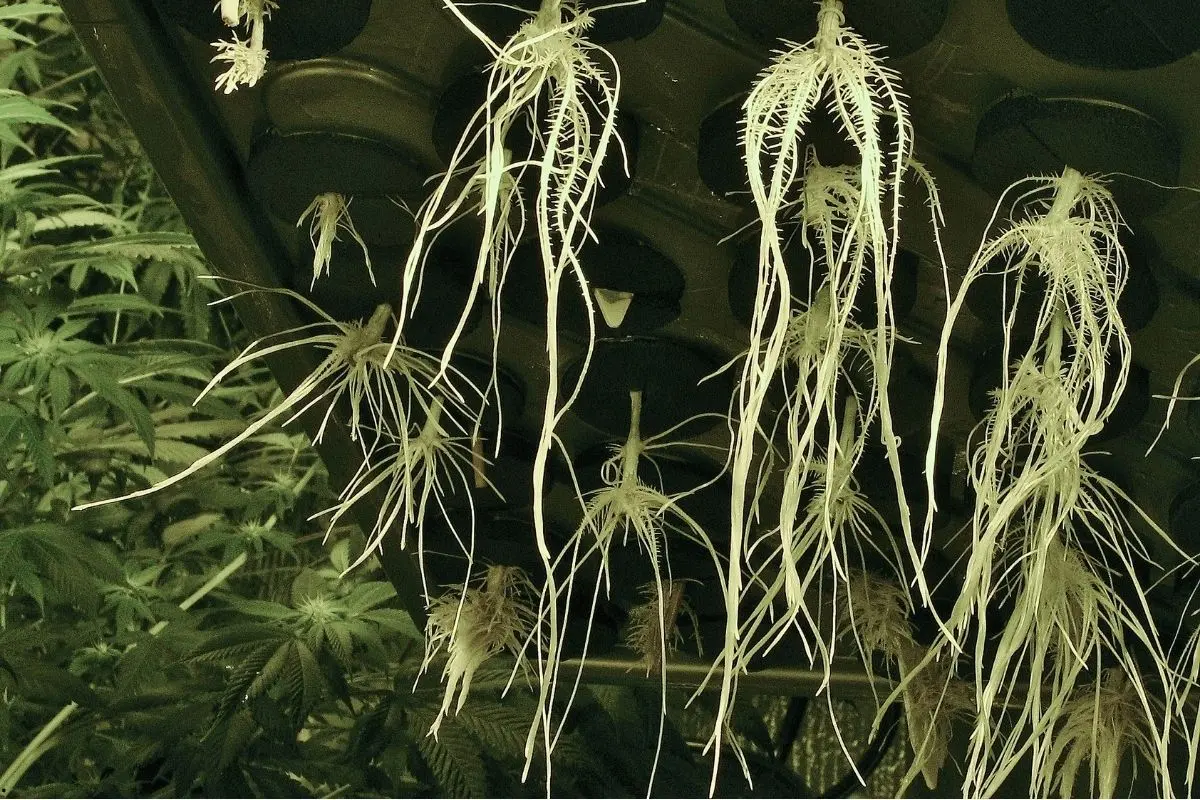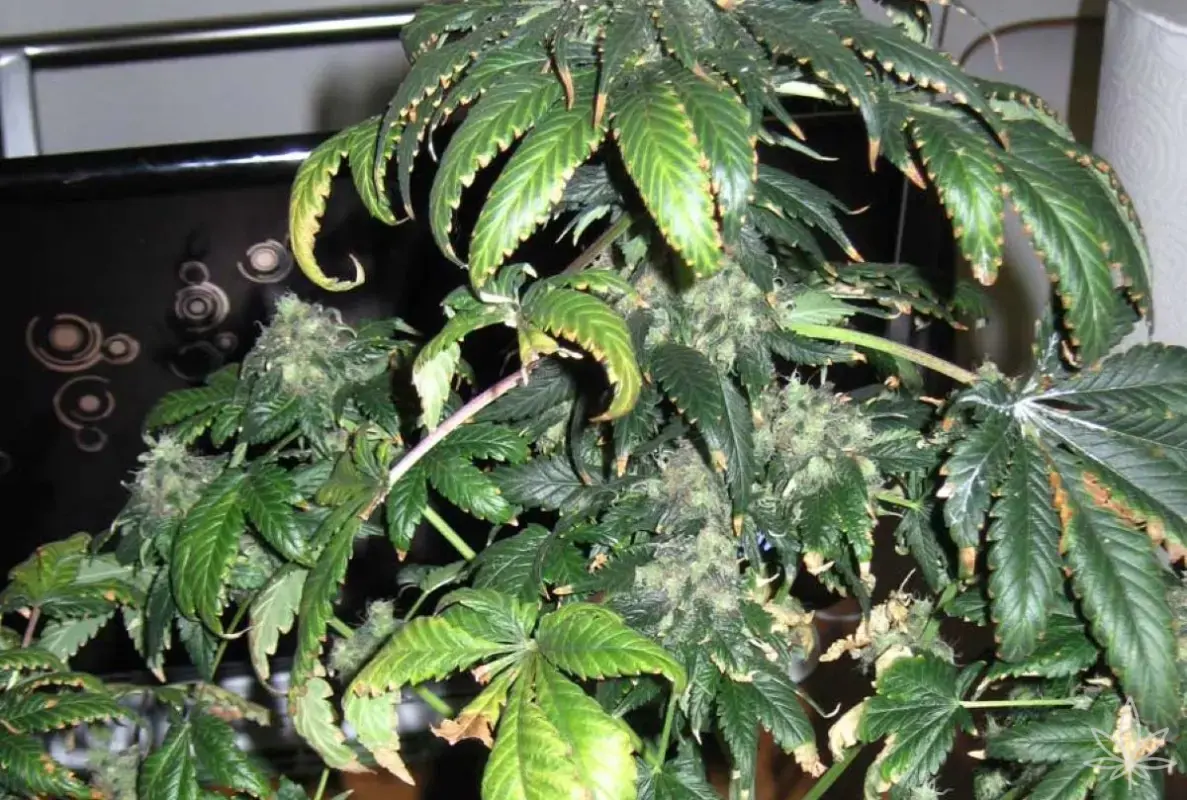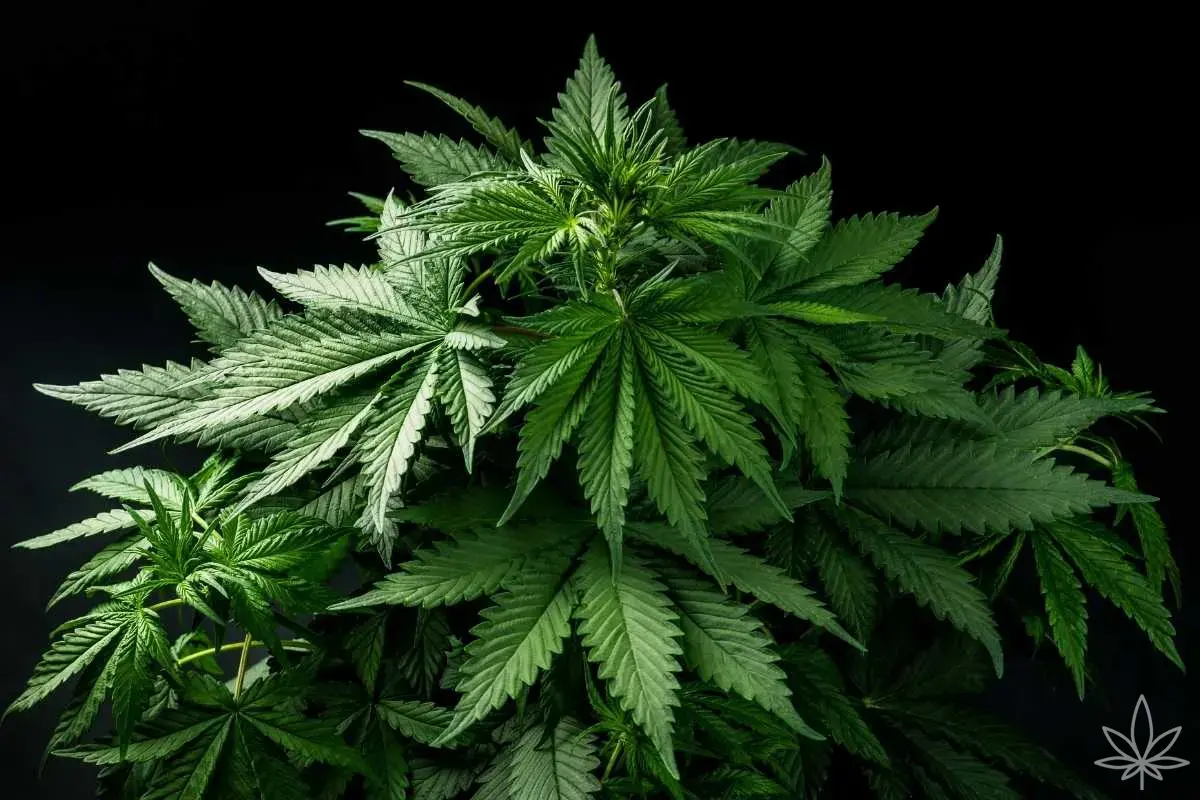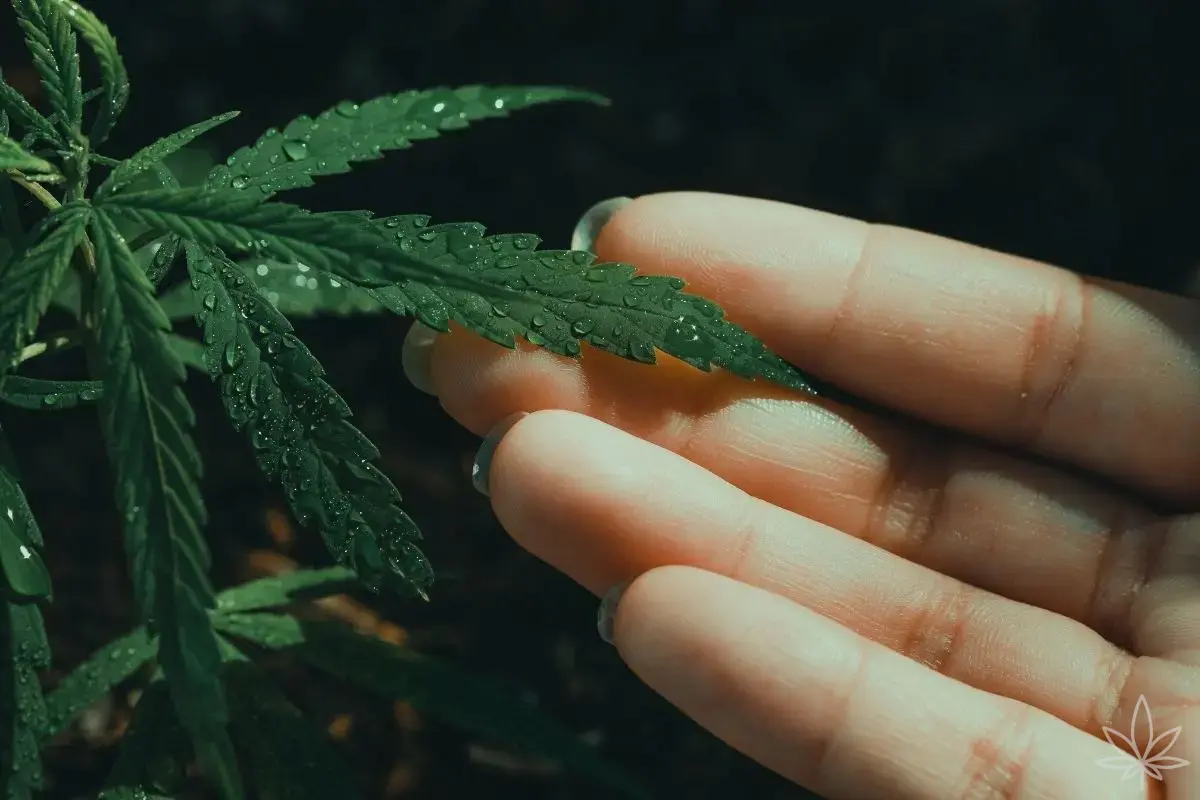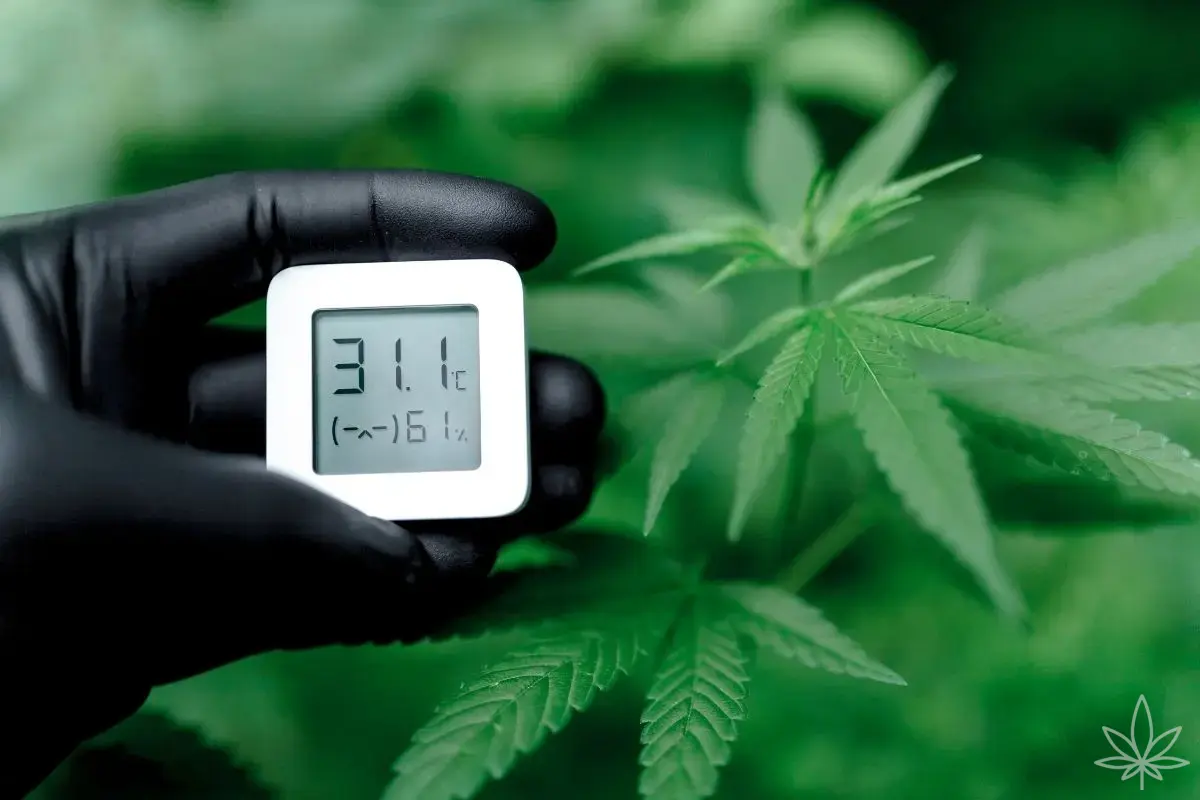Hydroponics allows growers to achieve impressive yields thanks to full control over the growing environment. Yet, this precision also comes with risks: even small mistakes in managing water, temperature, or system hygiene can trigger root diseases. Roots are the heart of the plant—they absorb water, nutrients, and provide stability. Once they begin to fail, the entire crop suffers.
The Most Common Causes of Root Diseases in Hydroponics
- High solution temperature – above 22–24°C, oxygen levels drop and pathogens such as Pythium thrive.
- Low oxygen levels – weak or broken air pumps cause suffocation and root rot.
- Contaminated water or equipment – dirty tanks, hoses, or biofilm build-up encourage bacteria and fungi.
- Incorrect pH or EC – nutrient uptake is disrupted, weakening the plant’s natural defenses.
- Overcrowded systems – too many plants in one reservoir reduce space, water circulation, and oxygen.
Symptoms of Root Diseases
- Roots turn brown, mushy, and may emit a foul smell.
- Plants wilt despite having plenty of water.
- Growth slows down, and leaves turn yellow.
- Foam or slime may appear on the surface of the solution.
Prevention – How to Protect Roots in Hydroponics
Prevention is always easier than treatment. Here are the key rules for healthy roots:
- Keep solution temperature low: ideally 18–20°C. Use water chillers or frozen water bottles if necessary.
- Ensure strong aeration: invest in reliable air pumps and air stones.
- Clean the system regularly: disinfect tanks, pumps, and tubing every few weeks.
- Control pH and EC: maintain pH between 5.5–6.2 and adjust EC according to growth stage.
- Avoid overcrowding: give each plant enough root space and oxygen.
- Add biological protectors: beneficial microbes (e.g., Trichoderma) suppress pathogens.
Treatment – What to Do if Roots Are Already Infected?
If symptoms appear, act quickly:
- Isolate sick plants – to prevent the spread of pathogens.
- Replace the solution – drain the contaminated mix and refill with fresh, oxygen-rich water.
- Disinfect the system – use safe sanitizers such as diluted hydrogen peroxide.
- Improve oxygen levels – upgrade the air pump or increase water circulation.
- Support root recovery – apply supplements with vitamins, enzymes, or beneficial microbes.
Table – Risk Factors and Preventive Actions
| Risk Factor | Effect on Roots | How to Prevent |
|---|---|---|
| Temperature > 24°C | Oxygen depletion, Pythium | Maintain 18–20°C, use chillers |
| Poor aeration | Rotting, browning roots | Use strong pumps and air stones |
| Dirty system | Pathogen growth | Regular cleaning and disinfection |
| Incorrect pH/EC | Plant stress, weak defense | Daily monitoring and adjustment |
| Overcrowding | Lack of oxygen, poor flow | Space plants properly, improve circulation |
Conclusion
Root diseases are among the most serious threats in hydroponics. They usually result from environmental mismanagement, not from the system itself. That’s why prevention—cool and oxygen-rich water, clean equipment, correct pH and EC, and enough space for roots—is the key.
If problems do occur, fast action—flushing the system, disinfecting, and improving oxygenation—can save much of the crop.
Healthy roots are the foundation of healthy plants. In hydroponics, this rule is even more critical.
A4 – Checklist: Hydroponic System Hygiene & Root Inspection
Facility/Crop: ____________ System: DWC / NFT / E&F / Other: ____________
Date://______ Shift: ☐ morning ☐ afternoon Operator: __________________
Targets (enter your setpoints)
- pH: ________
- EC: ________
- Solution temp (°C): ________
- DO – O₂ (mg/L): ≥ ________
1) Daily check (⟲ each visit)
☐ Reservoir/lines: no leaks, no unusual foam/odour
☐ Water/air pumps: sound/pressure normal
☐ pH: reading ________ | correction ☐
☐ EC: reading ________ | correction ☐
☐ Solution temperature: ________ °C | cooling/heating ☐
☐ DO (if measured): ________ mg/L | increase aeration ☐
☐ Room climate (RH/air movement): ________ / status ☐ OK ☐ needs attention
2) Every 2–3 days
☐ Root inspection (random 3–5 plants)
☐ Clean strainers/prefilters
☐ Update nutrient/irrigation log
3) Weekly
☐ Flush lines via bypass (clean water)
☐ Clean benches/carts/tools
☐ Calibrate pH/EC (if not on monthly schedule)
4) Between batches / during solution change — short SOP
- Drain reservoir → secure disposal
- Mechanical cleaning (biofilm/sediment)
- Wash with detergent per label → rinse
- Disinfect (approved product per label) → contact time: ____ min
- Final rinse (if required) → dry
- Leak test + 15–30 min circulation with clean water
5) Mini root‑inspection card (tick)
Date://______ Table/section: ____________
| Parameter | Plant 1 | Plant 2 | Plant 3 | Notes |
|---|---|---|---|---|
| Colour (white/cream vs. beige/brown) | ☐A ☐B ☐C | ☐A ☐B ☐C | ☐A ☐B ☐C | |
| Smell (neutral vs. musty) | ☐A ☐B ☐C | ☐A ☐B ☐C | ☐A ☐B ☐C | |
| Texture (firm hairs vs. slime) | ☐A ☐B ☐C | ☐A ☐B ☐C | ☐A ☐B ☐C | |
| Biofilm/algae in system | ☐none ☐low ☐high |
Scale: A – healthy | B – caution | C – action
Corrective actions (tick): ☐ replace solution ☐ increase aeration ☐ flush lines ☐ clean reservoir ☐ improve flow ☐ other: __________________
6) Parameters – quick log (A4: one line per day)
pH: ________ EC: ________ Temp.: ________ °C DO: ________ mg/L Notes/correction: ______________________________________
7) Incident – quick procedure (fill & tick)
☐ Identification: plant/section ______________________________
☐ Isolation: removed/disconnected ☐
☐ Solution replaced + lines flushed ☐
☐ Disinfection (product/concentration/time): _____________________
☐ Parameter correction (temp./DO/flow): ____________________
☐ Note after 24–72 h: ______________________________________
Signatures
Operator: __________________ Date://______
Supervisor verification: __________________ Date://______
Note: always use cleaning/disinfection products strictly as per the label and safety guidance. Adjust setpoints to the species and growth stage.

